Color steel tiles have become a popular choice in modern construction due to their durability, versatility, and cost-effectiveness. These roofing and cladding materials are widely used in residential, commercial, and industrial projects, offering a balance of functionality and aesthetics.
Durability and Weather Resistance
One of the most significant advantages of color steel tiles is their exceptional durability. Made from high-quality steel coated with protective layers—such as galvanized or galvalume substrates—they are resistant to corrosion, rust, and extreme weather conditions. The surface is further treated with a colored coating, typically polyester (PE), polyvinylidene fluoride (PVDF), or silicone-modified polyester (SMP), which enhances weather resistance and UV protection.
Unlike traditional roofing materials like clay or concrete tiles, color steel tiles do not crack under thermal expansion or freeze-thaw cycles. They can withstand heavy rain, strong winds, and even hail, making them suitable for regions with harsh climates. Additionally, their lightweight nature reduces structural load, minimizing the risk of damage over time.
Aesthetic Flexibility and Design Adaptability
Beyond functionality, color steel tiles offer a wide range of design possibilities. They are available in various colors, finishes, and profiles, allowing architects and builders to match different architectural styles. Common profiles include corrugated, standing seam, and trapezoidal designs, each providing distinct visual and structural benefits.
The color coating technology ensures long-lasting vibrancy, resisting fading even after years of sun exposure. This makes color steel tiles an excellent choice for both residential homes seeking a modern look and commercial buildings requiring a sleek, professional appearance. Furthermore, they can mimic traditional materials like wood or slate while offering superior performance, making them a preferred alternative in contemporary construction.
Cost-Effectiveness and Long-Term Savings
From an economic standpoint, color steel tiles provide significant cost advantages. Their lightweight nature reduces transportation and installation expenses compared to heavier materials like concrete or clay tiles. Since they are prefabricated in standardized sizes, installation is faster, lowering labor costs.
Maintenance requirements are minimal—unlike wood, which may rot, or concrete, which can develop moss, color steel tiles only require occasional cleaning to maintain their appearance. Their long lifespan (often 30–50 years with proper installation) reduces the need for frequent replacements, offering long-term savings.
Additionally, their energy efficiency contributes to cost reduction. Some color steel tiles feature reflective coatings that help regulate indoor temperatures, lowering heating and cooling expenses. This makes them an environmentally and economically sustainable roofing solution.
Installation and Sustainability Considerations
Proper installation is crucial for maximizing the performance of color steel tiles. They should be installed over a well-ventilated underlayment to prevent condensation, and fasteners must be correctly placed to avoid leaks. Due to their modular design, they are suitable for both new constructions and retrofitting projects.
From an environmental perspective, color steel tiles are a sustainable option. Steel is highly recyclable, and many manufacturers use recycled content in production. At the end of their lifecycle, the materials can be repurposed rather than ending up in landfills. Additionally, their energy-efficient properties contribute to greener building practices, aligning with modern sustainability standards.
Applications in Modern Construction
The versatility of color steel tiles allows them to be used in various settings:
- Residential Roofing: Homeowners choose them for their durability, low maintenance, and aesthetic appeal.
- Commercial and Industrial Buildings: Factories, warehouses, and retail spaces benefit from their cost-efficiency and structural reliability.
- Agricultural Structures: Barns and storage sheds use them due to their resistance to moisture and pests.
- Public Infrastructure: Schools, hospitals, and government buildings utilize them for long-term performance and safety.
Conclusion
Color steel tiles offer a compelling combination of durability, design flexibility, cost savings, and sustainability. Their ability to withstand harsh conditions while maintaining an attractive appearance makes them a practical choice for a wide range of construction projects. As building trends continue to favor efficient and long-lasting materials, color steel tiles remain a reliable solution for modern roofing and cladding needs.









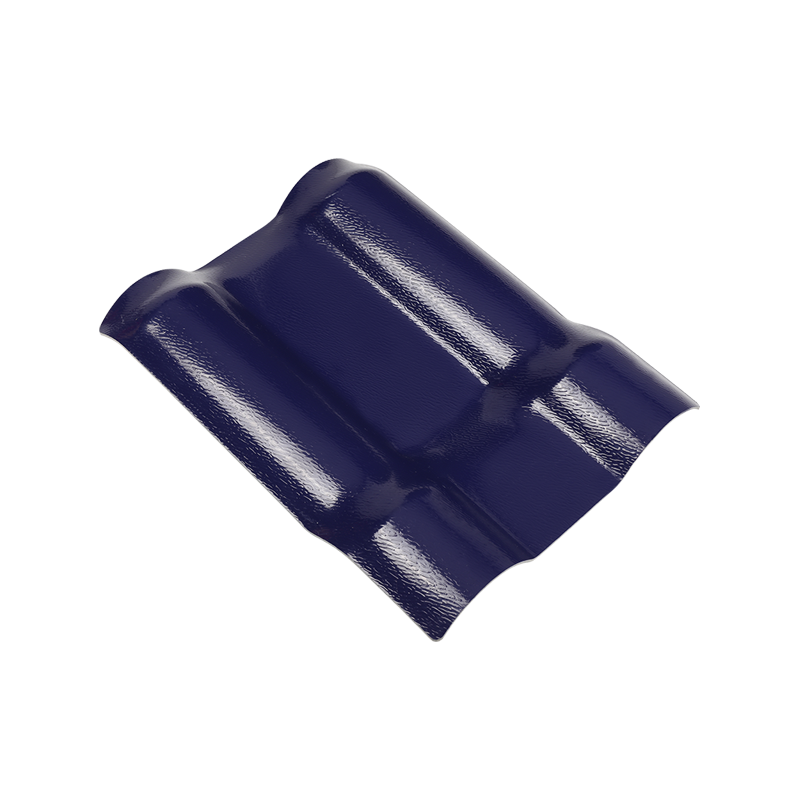
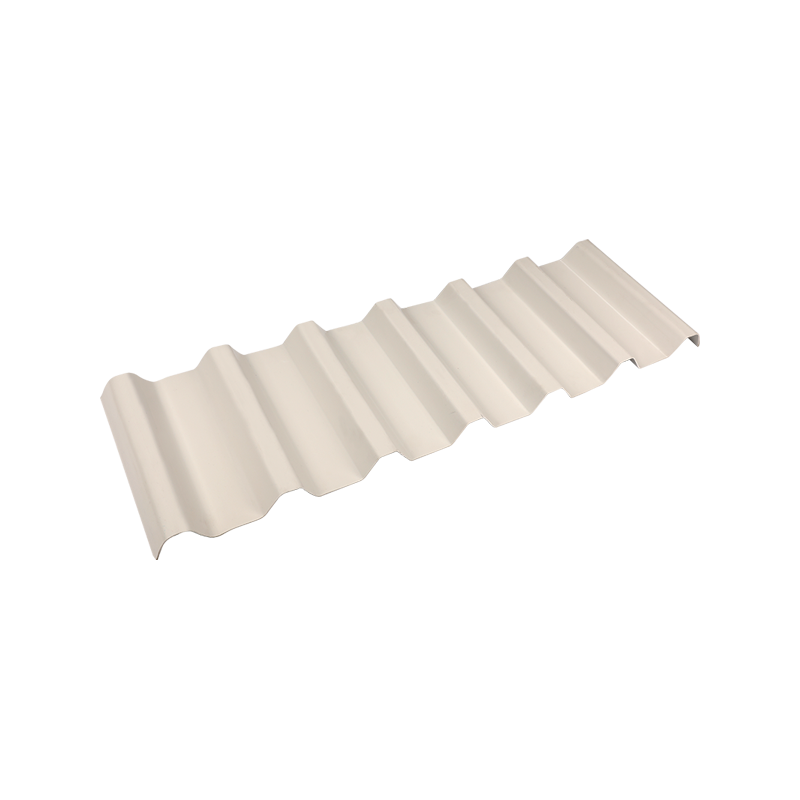
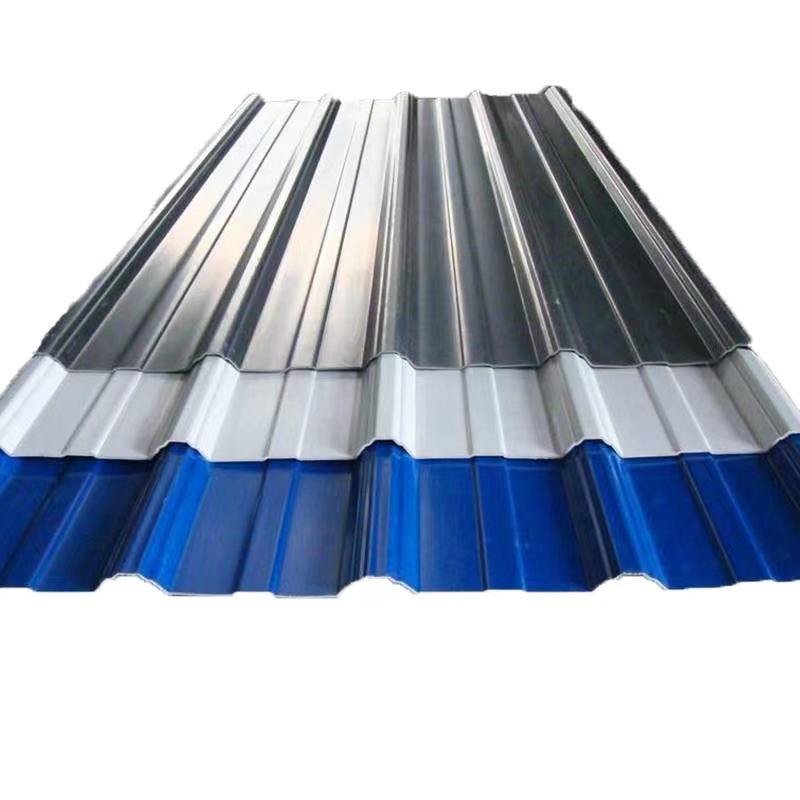
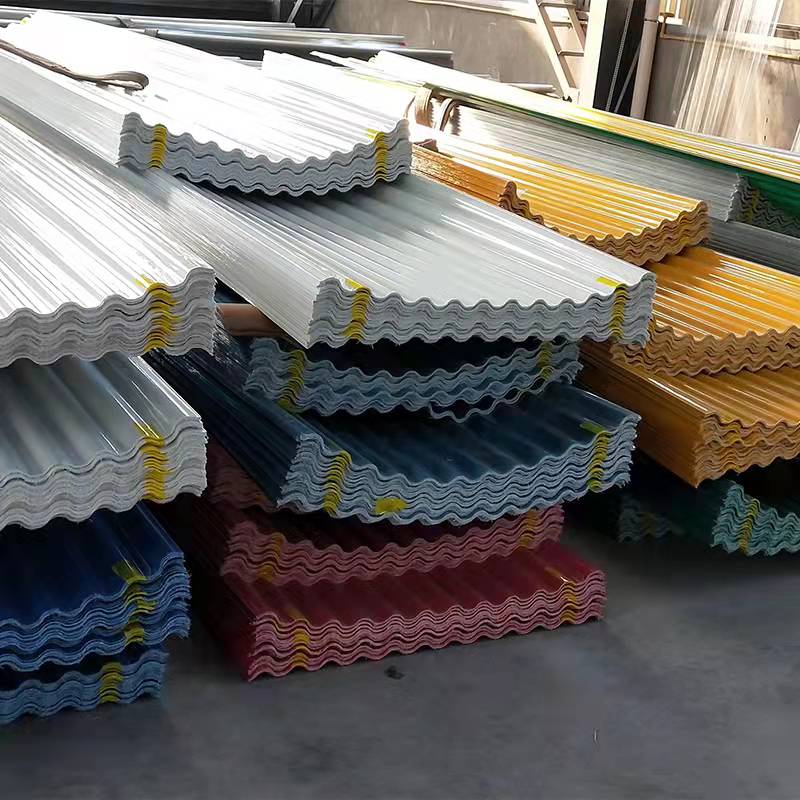


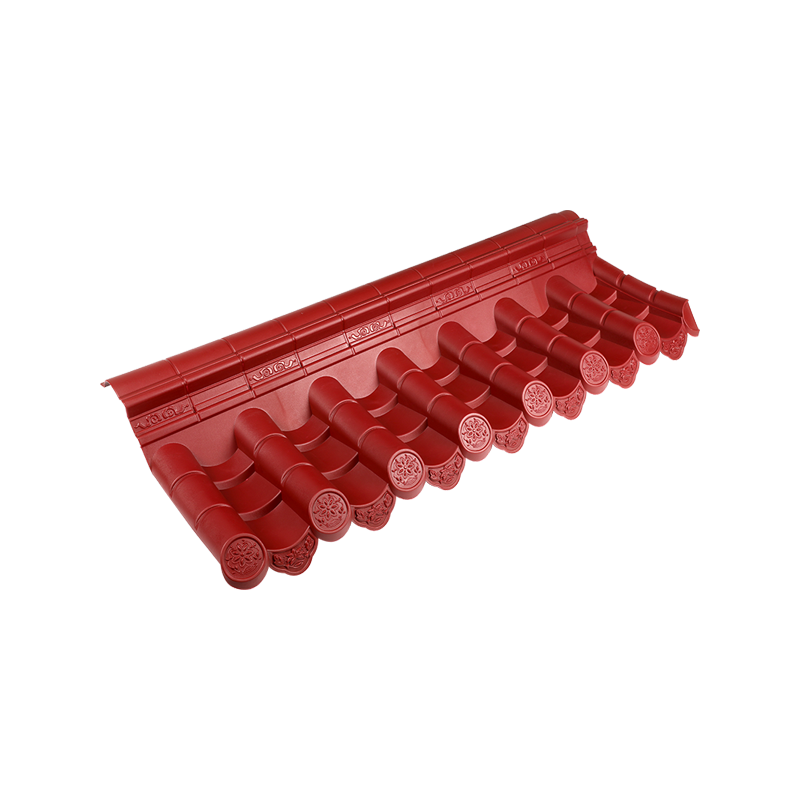


 Email:
Email: Phone:
Phone: Adress:
Adress: